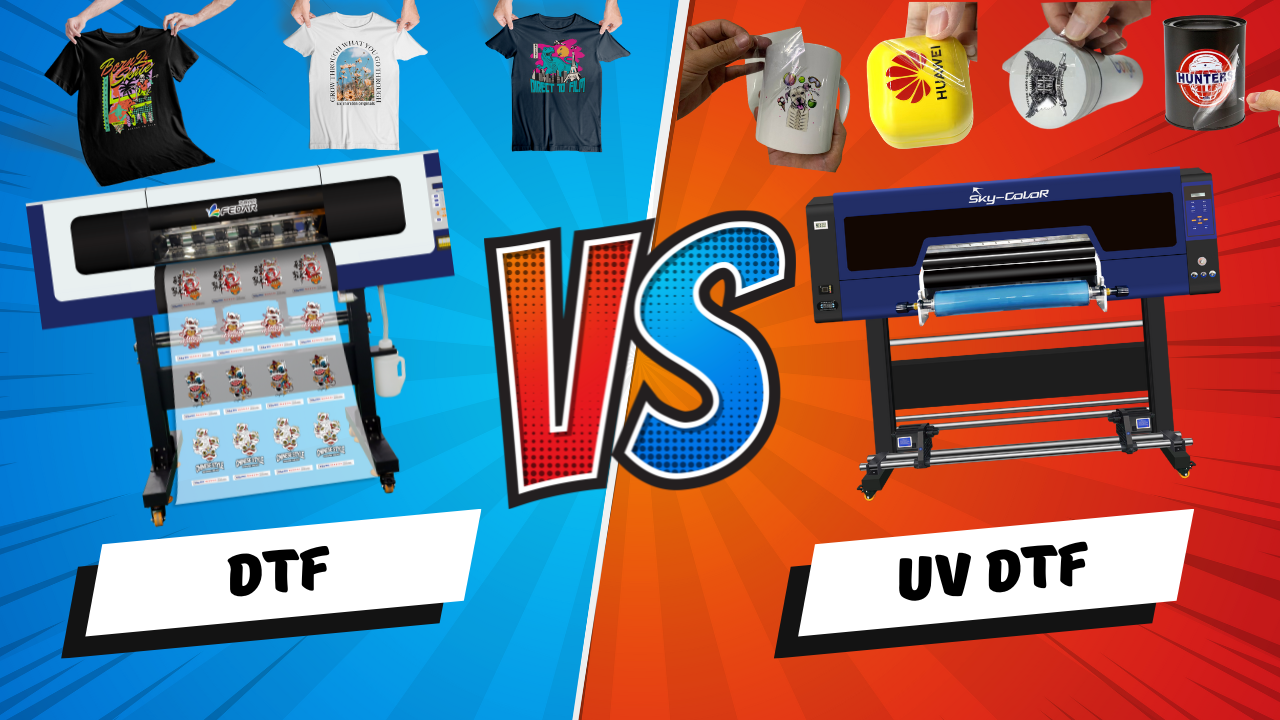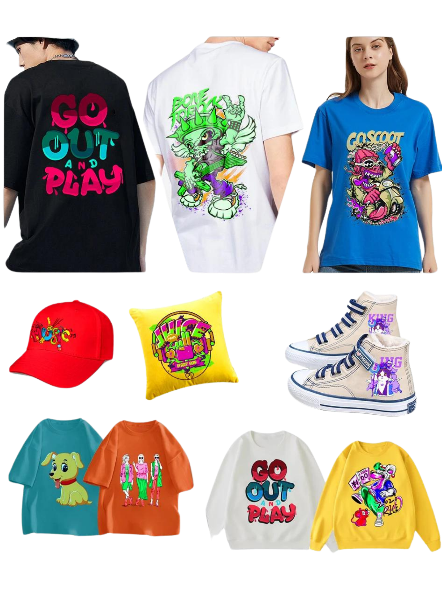Product Categories
- > Digital Textile Printer
-
- Fedar Sublimation Textile Printer
FEDAR FD61916E Sublimation Printer FEDAR FD1924 Sublimation Printer FEDAR FD1912S Sublimation Printer FEDAR FD61915E-A Sublimation Printer FEDAR FD5198E Sublimation Printer FEDAR FD51915E Sublimation Printer FEDAR FD53215E Sublimation Printer FEDAR FD61915E Sublimation Printer FD6198E 8 Heads Printer FD6194E 4 Heads Printer FD5194E 4 Heads Printer FD5328E 3.2m Printer FD5193E 3 Heads Printer Fedar TC Series Sublimation Printer(3heads,4heads,6heads)(Stop) FD5268E 2.6m Printer FD5223E 2.2m Printer (Stop) FD1900 2 Heads Printer AL193 3 Heads Printer (Stop) TC1932 2 Heads Printer (Stop)
- Fedar Direct To Film
FD1808 DTF Printer FDA3 Pro DTF Printer A3 DTF Printer FDA3 DTF Printer FD70-5 DTF Printer FD70-3 DTF Printer (Stop) FD30 DTF Printer (Stop) FD60 DTF Printer FD70-4 DTF Printer FD65-2 DTF Printer (Stop) FD70-2 DTF Printer (Stop) TR 4180 (Stop) FD 680 DTG (Stop) FD1828 Belt cotton printer (Stop)
- Fedar Sublimation Textile Printer
DTF Printer vs. UV DTF Printer: Which One You Should Choose?
2024-07-04
What is a DTF Printer?
A DTF printer uses a special film to print designs directly onto textiles. This technology allows vivid colors and excellent detail, perfect for creating custom t-shirts, hoodies, and more. The process involves printing an image on a special film, sprinkling adhesive powder on the print, and then transferring it onto the fabric using a heat press.
Advantages of DTF Printing:
1. Versatility: DTF printers work on a wide range of fabrics, including cotton, polyester, and blends.
2. Durability: Prints are resistant to washing and stretching.
3. Cost-Effective: Lower initial investment compared to some other printing technologies.
4. Vivid Colors: Produces bright and durable prints.
What is a UV DTF Printer?
UV DTF printers combine the Direct-to-Film process with UV curing technology. This method is commonly used for printing on hard surfaces like glass, metal, and plastics, making it versatile beyond fabrics.
Advantages of UV DTF Printing:
1. Wide Material Range: Can print on an extensive variety of materials, not just fabrics.
2. No Pre-Treatment Needed: Unlike some printing processes, UV DTF doesn't require pre-treatment of surfaces.
3. High-Resolution Prints: Offers detailed and precise print quality.
4. Fast Curing: UV light instantly cures the ink, making the process quicker.
DTF vs. UV DTF: Key Differences
1. Application Range:
- DTF is predominantly for fabrics.

- UV DTF can handle textiles plus hard surfaces.

2. Initial Cost:
- DTF printers tend to be more affordable.
- UV DTF printers are an investment but offer broader application.
3. Ease of Use:
- DTF requires handling adhesive powders and a heat press.
- UV DTF uses UV light for curing, simplifying the process.
Which One Should You Choose?
Your choice depends on your specific needs and budget. If you’re focusing on garment printing, a DTF printer is likely the best fit. It’s cost-effective and versatile for various fabrics. On the other hand, if you aim to diversify your printing projects to include materials like glass, metal, and acrylic, investing in a UV DTF printer could be worthwhile.
Conclusion
Both DTF and UV DTF printers have their unique strengths. Assess your business goals, project types, and budget to choose the printer that aligns best with your needs. Whether you prioritize fabric versatility or material diversity, making an informed decision will set you on the path to stunning custom prints.





